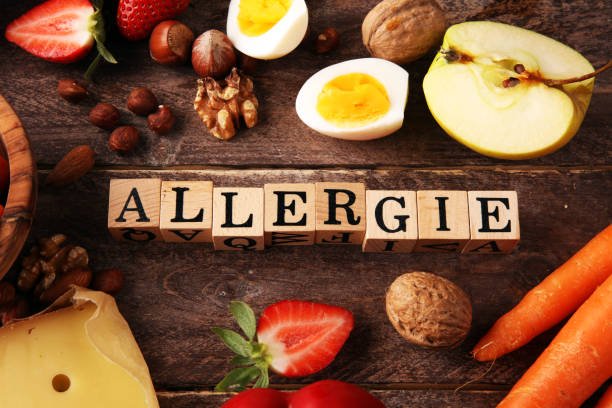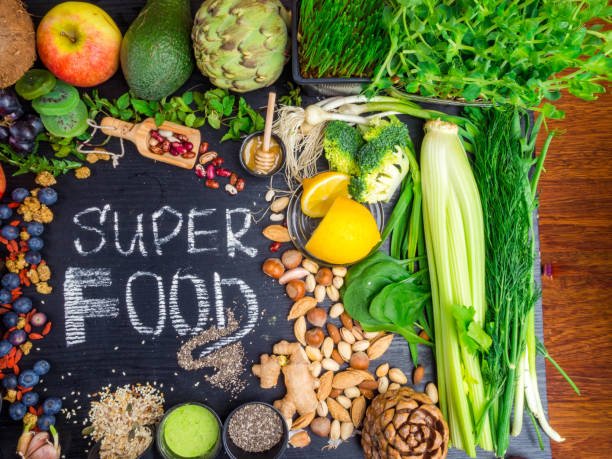A healthy digestive tract thrives on balance—and that balance hinges on two stars: probiotics, the beneficial microbes themselves, and prebiotics, the food that fuels them. Though they’re often mentioned in the same breath, their roles are distinct—and complementary. Understanding how they work together can help you craft a diet that supports everything from digestion to immunity.
Probiotics: The Good Bacteria
What they are. Probiotics are live microorganisms—mostly strains of Lactobacillus and Bifidobacterium—that, when consumed in sufficient quantities, confer health benefits on the host. Think of them as friendly tenants that crowd out harmful bacteria, produce beneficial compounds, and bolster your body’s defenses.

Where to find them.
- Fermented dairy: Plain yogurt, kefir, and some cheeses (e.g., Gouda, cottage cheese) list “live and active cultures” on the label.
- Fermented vegetables: Sauerkraut, kimchi, and other unpasteurized pickles.
- Other ferments: Miso, tempeh, and certain kombuchas (non‑pasteurized).
Health perks. Research links specific probiotic strains to:
- Reduced antibiotic‑associated diarrhea
- Improved symptoms of irritable bowel syndrome (IBS)
- Stronger immune responses
- Better nutrient absorption (including vitamin K and short‑chain fatty acids)
- Support for vaginal and urinary tract health
However, probiotic effects are strain‑specific, so the benefits of Lactobacillus acidophilus differ from those of Bifidobacterium longum.
Prebiotics: Fuel for Your Flora
What they are. Prebiotics are non‑digestible fibers that reach the colon intact, where gut microbes ferment them into health‑promoting substances such as butyrate. In other words, if probiotics are the “good tenants,” prebiotics are their dinner.
Where to find them. Prebiotics abound in plant‑based foods, including:
- Vegetables: Onions, garlic, leeks, asparagus, and Jerusalem artichokes
- Fruits: Bananas and berries
- Legumes and grains: Lentils, chickpeas, oats, and whole wheat
Health perks. Feeding your native microbes helps:
- Maintain a robust gut barrier, defending against pathogens
- Lower systemic inflammation
- Support healthy weight and blood sugar levels
- Produce beneficial short‑chain fatty acids that nourish colon cells

Without enough prebiotic fiber, probiotic supplements may struggle to take hold—think of planting seeds in barren soil.
Why You Need Both: The Synbiotic Synergy
When you combine probiotics (the living microbes) with prebiotics (their food), you get a synbiotic effect: enhanced survival and activity of beneficial bacteria. Studies show that pairing supplements or foods containing both can amplify digestive comfort, regularity, and even aspects of immune function and mood regulation.
Beyond Supplements: How Diet Shapes Your Microbiome
Your daily meals have more power than any pill. A diet high in refined sugars and processed foods can feed harmful bacteria, contribute to inflammation, and erode microbial diversity, potentially paving the way for metabolic and digestive disorders. Conversely, a colorful, fiber‑rich diet nourishes a diverse community of microbes—one of the hallmarks of a healthy gut.
Who Should Be Cautious?
While most people tolerate prebiotics and probiotics well, those with conditions like small intestinal bacterial overgrowth (SIBO) or severe IBS may find that certain fibers or strains worsen bloating or discomfort. Antibiotic‑treated patients should also speak to a healthcare provider about timing supplementation to avoid disrupting microbial recovery.
Building a Gut‑Friendly Plate
Breakfast:
- Plain yogurt topped with sliced bananas and a sprinkle of oats.
- A side of miso soup or fermented pickles.
Lunch:
- Mixed‑green salad with a garlic‑leek vinaigrette and a side of sauerkraut.
- Chickpea and vegetable stew served over whole‑grain rice.
Snack:
- A handful of berries and walnuts.
- Kombucha or kefir (dairy or nut‑based).
Dinner:
- Grilled salmon (for omega‑3s) alongside steamed asparagus and sautéed onions.
- Whole‑wheat pasta tossed with garlic, leeks, and a drizzle of olive oil.
By weaving both prebiotic and probiotic foods into each meal, you create a consistent environment for your gut flora to flourish.
Supplements—When and How
If diet alone isn’t enough, targeted supplements can help fill the gaps. Look for:
- Clearly labeled strains (e.g., Lactobacillus rhamnosus GG, Bifidobacterium lactis).
- Adequate CFUs (colony‑forming units) in the billions per dose.
- Added prebiotics in synbiotic formulations.
- Guaranteed viability through expiry and proper storage instructions.

Always consult your healthcare provider before beginning any supplement—especially if you have a compromised immune system or chronic illness.
The Bottom Line
Maintaining gut health is a dynamic dance between probiotics (the beneficial microbes) and prebiotics (the fibers that feed them). Incorporating both into your diet encourages a resilient, diverse microbiome—one that supports digestion, immunity, and even mental well‑being. Whether through fermented foods, fiber‑packed plants, or carefully chosen supplements, nurturing your inner ecosystem is an investment in your long‑term health.

